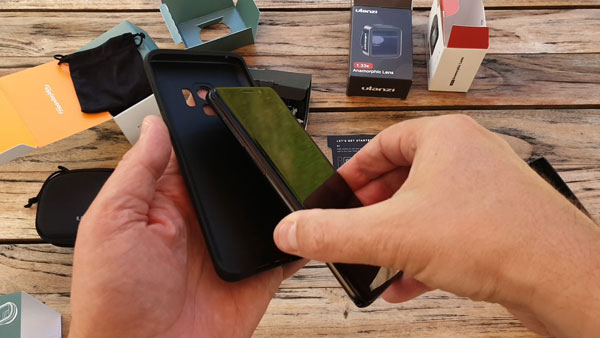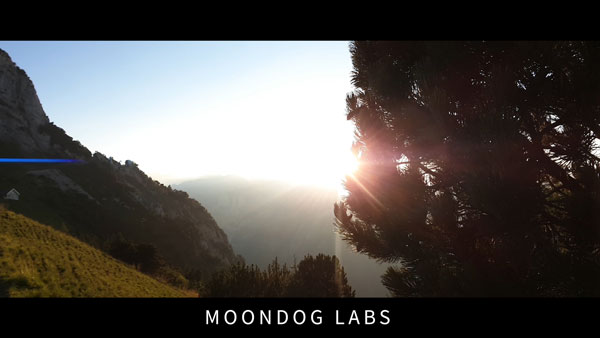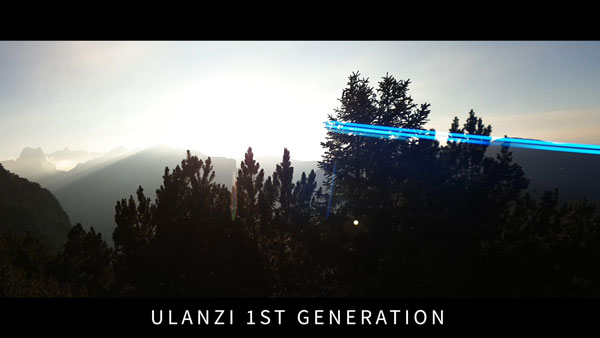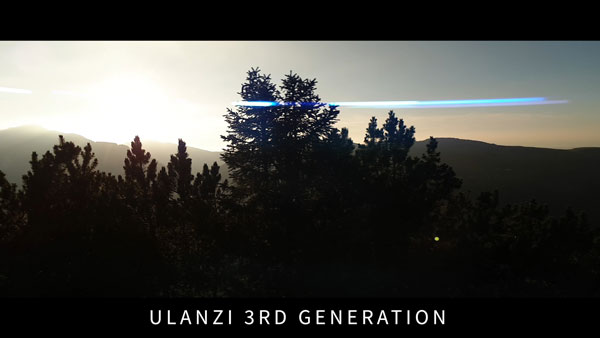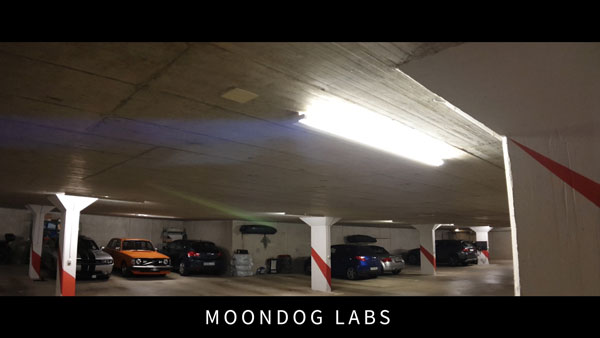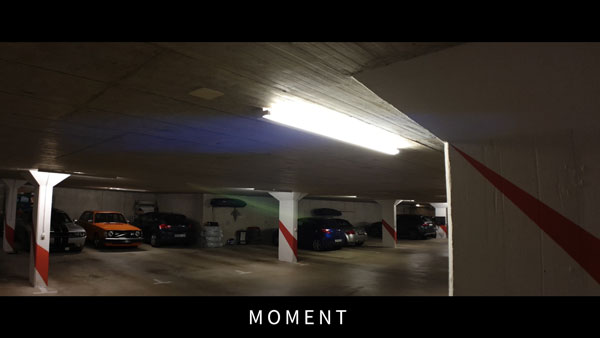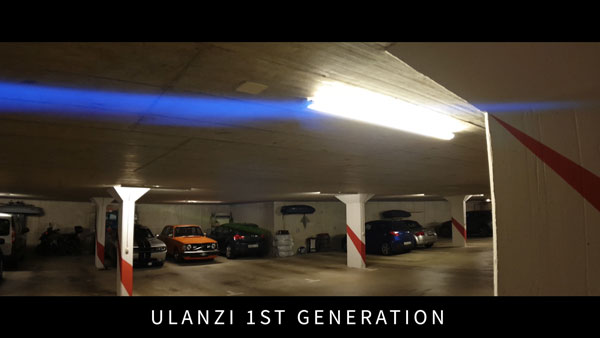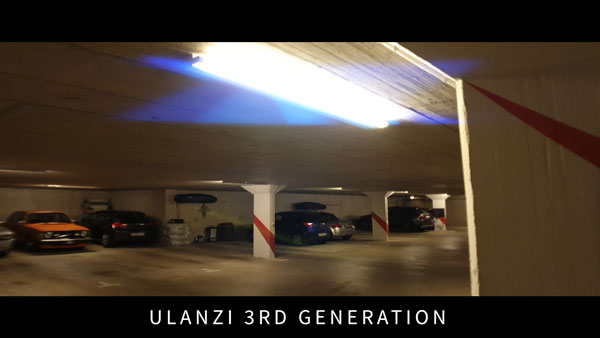Anamorphic Lenses for Smartphone: Moment – Moondog Labs – Ulanzi Compared
The Moondog Labs anamorphic lens was one of the first to bring the CinemaScope style of cinematography to your smartphone, back in 2015. While many top of the range smartphones now ship with multiple lens options, such as telephoto and ultra wide angle, none as yet come with an anamorphic option. Therefore, if you want to add the classic widescreen cinema look to your video, you’ll need to add a conversion lens.
In this video I’m going to look at a few of the most popular anamorphic conversion lenses on the market. Where Moondog Labs lead the way, others have followed. But is the Moondog still the smartphone anamorphic to beat?
I’ll be looking at the Moondog Labs, the Moment, and the popular cheap alternative from Ulanzi. Now, there’s actually 3 generations of the Ulanzi anamorphic. I’ll be looking at the 1st and the recent 3rd edition, too. Let’s see if it’s any better than the first.
I’ll be using my Samsung S9 to test them all. I won’t be adding any extras, like ND filters, because I want to show you how each lens performs without a filter altering the look.
Mounting the lens
Each lens mounts onto your device differently.
For the Moment smartphone anamorphic, I’ll be using their custom made case designed for the S9. So that should be a snug fit. Using a case like this means there’s no need for adjustment, as the mounting position is fixed.
For the other lenses, I’ll be mounting with a clip of some kind, which means they need to be adjusted to sit perfectly over the smartphone lens. But the advantage of the clip is that you can use it on many different devices.
I have 2 Moondog Labs anamorphic lenses – one with a 37mm thread and one with a 17mm thread. I’ll be using the 37mm with a simple clip. NOTE: there is a Moondog Labs anamorphic bayonet mount version, which will work with Moment and other cases.
I could also mount the lens using my Zecti grip, but for this I’ll just use the clip.
The Ulanzi lenses have 2 types of clip. One is a simple spring, like a clothes peg. The other screws into place and is therefore more solid. I’ll be using the screw version.
The Ulanzi uses a 17mm thread, so you could use it with any mount or cage which carries a 17mm thread. Another nice thing about the Ulanzi is that it comes with a 52mm filter mount, so this makes adding an ND filter simpler. Again, note that Ulanzi have a bayonet version of their anamorphic lens.
Setting up
The Moment case involves extra cost. When I bought the S9 case, it was down to $20, so not a huge extra expense. However, each time you get a new phone you’ll probably need to buy a new case.
On the plus side, setting up the Moment anamorphic with the case is so much easier than the other methods. With the clip, each time you use the lens you need to fiddle around to make sure the lens is nicely positioned. This avoids as much distortion at the edges of the images as possible.
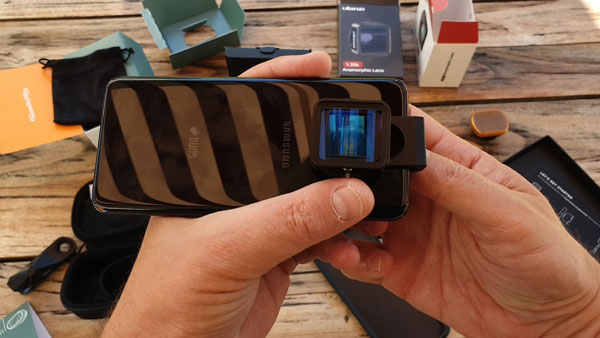
But with the Moment anamorphic and case, once the case is clipped on you mount the lens with a simple twist. And there’s no positioning of the lens needed after that. At least with my S9, that was my experience.
The Moment lens also has a screw with a little key to loosen it. This is used if you want to rotate the position of the lens by 90 degrees. There’s also some spare screws if you lose the ones in the lens.
I didn’t find a reason to rotate the lens. I believe this is for phones which have a horizontal lens, such as the iPhone X and Galaxy S9+.
Character of the lens
We went up to the mountains here in Switzerland to film some sunsets. Each lens has a certain character to it, although there was not much difference between the 2 Ulanzi smartphone anamorphic lenses.
The Moondog Labs anamorphic is the most subtle when it comes to lens flares. I liked the Moment too. If found it easier to get nice shots with subtle, tasteful flares with these lenses.
Both Ulanzi anamorphic lenses have these very strong blue lines, which can really dominate the footage if you are not careful. For that reason, I found myself having to work harder to get it to look nice. I shot many more takes with the Ulanzis than with the Moment or Moondog, because I was trying to get the flare not too overbearing.
Personally, I find the lens flares are nicer looking when they complement the image, rather distracting us from the video. Otherwise we may as well stay at him and point the lens at a light and just upload some lens flares to YouTube.
For example, it looks really nice if the flare appears and disappears during the shot. It’s like a burst of light which fades.
In previous videos I’ve talked about shots having a beginning, middle and end. So your smartphone anamorphic lens flare can become part of that. As the camera moves, you can allow the light to hit the lens and the flare to explode for a moment. This to me is more subtle and tasteful than simply aiming the lens at the light and having the flare dominate the entire shot.
Tone
Of the 4 lenses, the Moondog Labs anamorphic had the most natural look. The lens didn’t alter the tone of the image too much. The Moment lens seemed to add a slight blue cast, making the image a little cooler.
Meanwhile, both Ulanzi lenses changed the tone of the image the most, adding a red hue. So the shots from the Ulanzi lenses came out warmer looking.
Preferably, we don’t want the lens changing the tone of the image. Because if we have to correct for what the lens is doing later on, that’s extra work for us. Plus the 8bit video produced by our phones is a delivery format so it doesn’t allow us to change the colour too much before it goes muddy. Either that or the blacks get so crushed and it doesn’t look as good.
The added tone is only a slight change. I noticed it most in the Ulanzi lenses. That doesn’t mean you can’t use these lenses, but it is something to be aware of when using them.
Ulanzi Lenses
Now, because of the exaggerated flare, the Ulanzi lens took a bit more practice to get this right. On the plus side, you need less light to get a flare with the Ulanzi lenses.
I noticed the newest Ulanzi – the 3rd edition of the anamorphic – produced the most exaggerated flares. I also found some distortion in the left side of the image. Plus the red hue was most pronounced in the latest Ulanzi.
So, because the lens flares are generated by a coating on the glass of the lenses, we can assume the thicker coating in the 3rd gen is creating bigger flares but also adding extra redness.
For that reason, I think I actually prefer the look of the original Ulanzi anamorphic lens.
Moondog Labs (Official Website)
Moment Lenses (Official Website)
Find Ulanzi 1st Generation Anamorphic on Amazon
Find Ulanzi 3rd Generation Anamorphic on Amazon
Eager to learn more?
Join our weekly newsletter featuring inspiring stories, no-budget filmmaking tips and comprehensive equipment reviews to help you turn your film projects into reality!
Simon Horrocks
Simon Horrocks is a screenwriter & filmmaker. His debut feature THIRD CONTACT was shot on a consumer camcorder and premiered at the BFI IMAX in 2013. His shot-on-smartphones sci-fi series SILENT EYE featured on Amazon Prime. He now runs a popular Patreon page which offers online courses for beginners, customised tips and more: www.patreon.com/SilentEye


